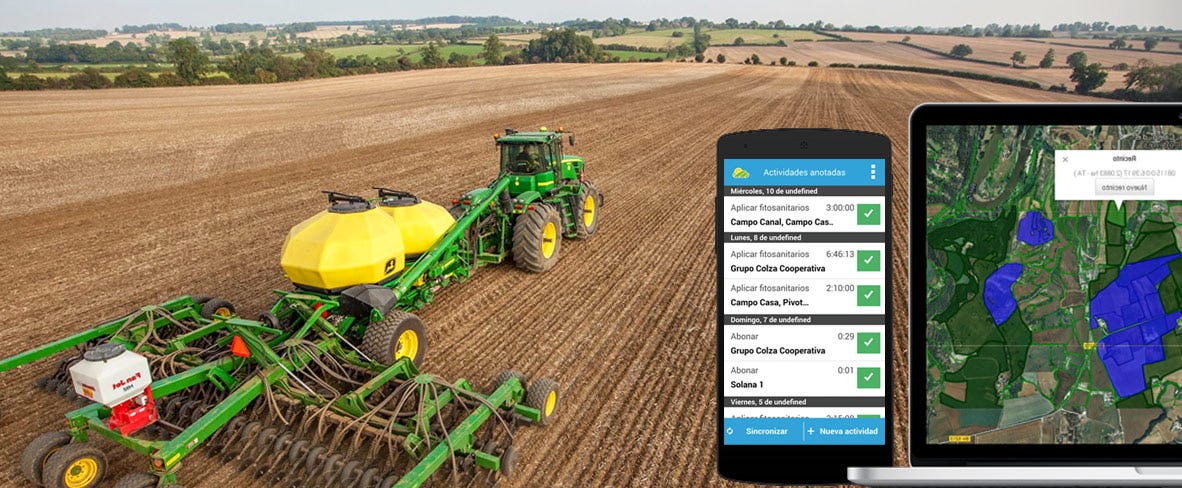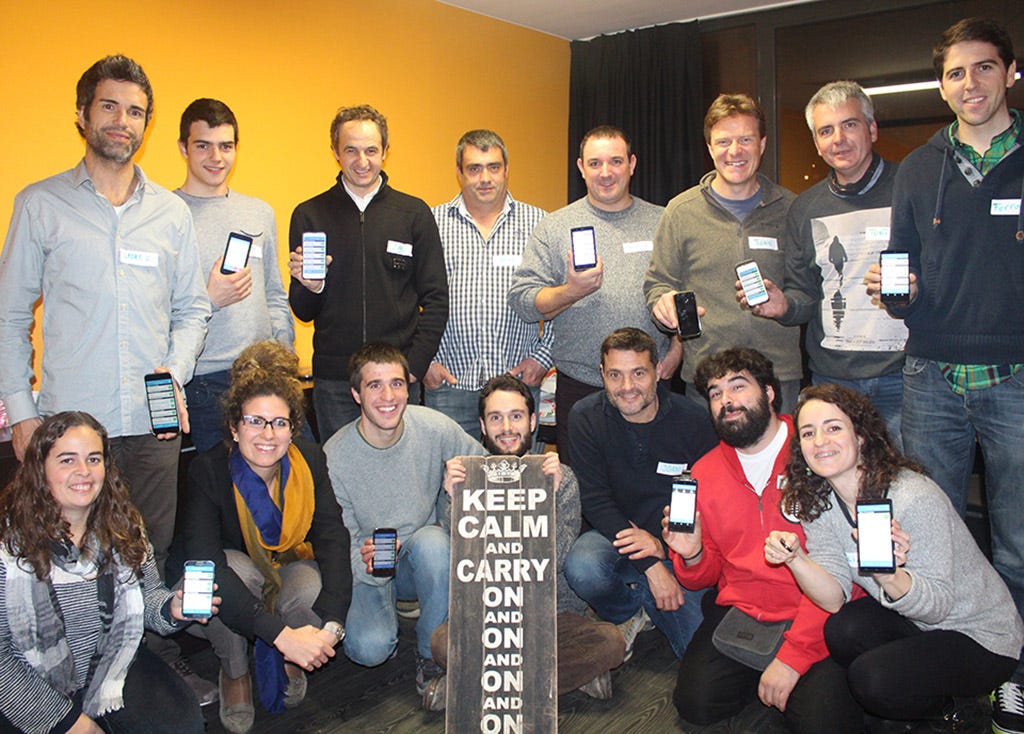Rails Girls are back in town!
An interview with Laura Fernandez, Rails Girl + back end developer atCamaloon.
Rails Girls is a non-profit movement founded by Linda Liukas and Karri Saarinen in Helsinki, where the 1st workshop took place in 2010. Since then, this peer-run (and free!) workshop, that aims to “give tools for women to build their ideas”, has been organized by local teams in over than 200 cities, attracting more and more girls to the programming world.
In Spain, this Rails Girls movement is sparking. Their workshops have already taken place in Madrid (2012), Córdoba (2014) and Gran Canaria (2015). In Barcelona, the 1st one took place two years ago. And recently, a group of volunteers thought the time had arrived to organize a second one! And here we go with the 2nd free Rails Girls workshop in town, taking place on March 28 + 29 at FabLab.
One of those volunteers is Laura Fernández, backend developer at Camaloon and ruby on rails lover. We have interviewed her to have a look behind the scenes of the Rails Girls movement and the Barcelona group of volunteers.
itnig: Laura, can you explain a bit more what is Rails Girls, how it works and what is the ultimate motivation of this initiative?
Laura: The first time time I heard about Rails Girls, I loved the idea. A few months ago I met a group of girls who work on IT and ‘the question’ came up: why are so few girls in development, engineering and technology? Sadly, we don’t really know the reason. So, with this initiative we want to share our experience as tech-girls. We would like to teach all girls some basic things about our daily job as web developers and offer them help and support to those who are making their first steps in this world, or thinking on doing a career twist.
i: How many people are behind the Barcelona Rails Girls chapter? And can you explain us a bit more about your role?
L: This edition of Rails Girls Barcelona 2015 is being organized by a mixed group of volunteers. I say mixed because we are all girls but also we have a boy, Andreas! And I also say mixed because each of us is from a different country. So, it has been really inspiring and enriching every time we have spent together figuring out how this is going to be.
Not all of us are developers though, but we all love technology. Paulina was the first one who explained us the idea, because she collaborated a few times with the Rails Girls team in Poland. Andreas also has experience organizing previous Rails Girls’ events. María is our marketing person. She is full of ideas and deals with media & sponsors like a true ninja.
The rest of us, Pili, Silvia and me, we are Rails developers and we all have done our best looking for coaches and sponsors.
i: I am a girl and I want to learn to code. What is Ruby on Rails and why should I start with this programming framework?
L: Ruby on Rails is an open source web application framework written in Ruby. It was first published in 2005 and new releases are published nearly each year. It is used in most startups and it is said that more than 600.000 sites all over the world are running in Ruby on Rails.
My background was software development, but anyone, from any background, who gives it a try finds it easy to learn and understand. There are no boring or confusing configuration files and the ruby syntax is really easy to get!
Rails Girls Barcelona · March 28 + 29
i: Any Rails Girls workshop lasts a weekend. Can you explain a bit more how is the weekend structured?
L: The installation party takes place the first. This means that we will help everyone setting up all software needed in their computers. After that, we will start with some theoretical explanations and coding, step by step. We would like to create a comfortable atmosphere in which everyone will be welcomed to ask any doubt. We will also have some enlightening talks from interesting people…sshhh…sorry I can’t tell you more 😉
i: What can someone with absolute zero knowledge about programming create something in less than 48h?
L: It is not so important what you are going to develop, but what you are going to learn. After the workshop you will understand how web development works, you will have the ability and the resources to start learning by your own. However, a lot of things can be done in 48hours, of course! A basic app will be deployed including some forms to interact with, a database, the application of some designs… All depends on you! Are you prepared? 😉
i: Can men also attend this workshop?
L: Yes, of course! The only requirement is that they have to attend with a girl. Unfortunately, there won’t be enough spots for everyone, so we are giving priority to girls.
i: A lot of women will be reading this post right now (I hope ^^). What would you tell them to encourage them to sign up?
L: Come on!!! Your are going to learn something new. This is your opportunity: everything you always wanted to know but you never dared to ask!!
Was Laura convincing enough?
Great! You can sign up here!
See you on Saturday, March 28 at FabLab!

